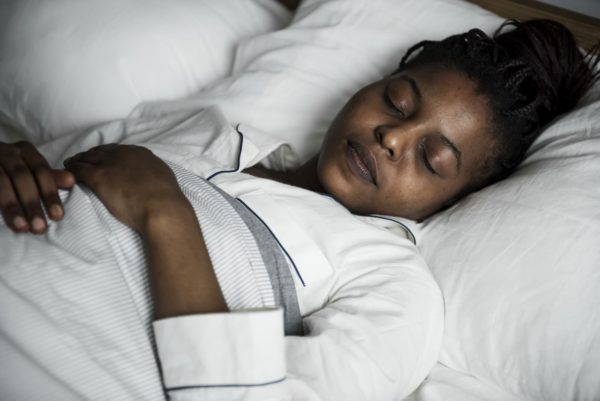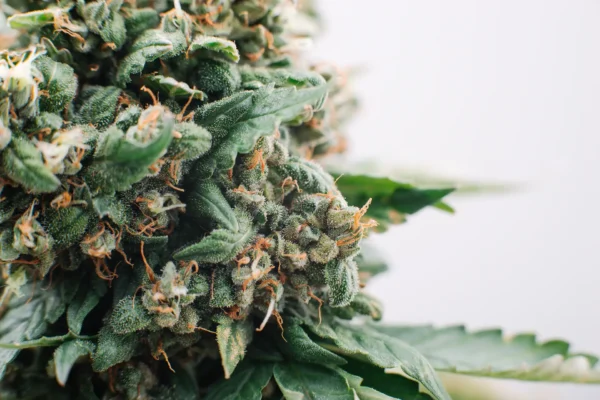Chronic pain after an injury can significantly impact a child’s well-being and development. While many injuries heal without lasting issues, some children may experience persistent pain. This blog post explores recent research which describes factors that might contribute to chronic pain in young people after a lower limb injury.
Injuries are a common part of life, and most heal completely, allowing individuals to return to their usual activities without long-term problems. However, some research suggests that for children, a significant number – up to 35% – report ongoing pain three months after an injury. This long-lasting pain can affect various aspects of a child’s life, including their mental and physical health, emotional well-being, and social interactions. It may also be linked to less favourable educational and career outcomes later on.
Understanding Risk Factors for Chronic Pain in Children
Previous studies have pointed to connections between certain emotional factors in children and their parents, and an increased chance of a child experiencing ongoing pain and disability. For instance, higher levels of anxiety and depression in both children and adults may be indicators of chronic pain. How parents react emotionally and behaviorally to their child’s pain might also play a role in how the child responds to their own pain.
A recent study aimed to identify biopsychosocial risk factors – those involving biological, psychological, and social aspects – for developing chronic pain in adolescents aged 8 to 16 years. The researchers had a hypothesis: they thought that factors like higher levels of depression in the child, pain-related anxiety, being female, and an earlier start to puberty at the time of injury would be linked to the development of chronic pain, physical disability, and how much pain interferes with daily life at the three-month mark.
How the Study Was Designed
In the study called “Predicting pain after injuries,” researchers followed 118 children and adolescents who had a musculoskeletal injury in their lower limb. These children were recruited from an orthopedic fracture clinic. Both the children and their enrolled parents completed separate online questionnaires when the injury first happened. A second questionnaire was sent three months after the child’s injury.
The main goal of the study was to see how many participants reported no worse than mild pain at three months. Pain intensity was rated on a scale from 0 to 10. Children who scored between 0 and 3 were considered to have mild or no pain, while those who scored between 4 and 10 were categorised as having chronic pain at three months.
The study also looked at other outcomes, such as:
- The number of participants who achieved a significant reduction in their pain intensity (more than 30% and 50% reduction).
- How much pain interfered with daily activities.
- The level of pain-related disability.
Additionally, the study assessed various factors related to the child, including depression, anxiety, fear of pain, pain worry, adverse life events, and sleep patterns, using different questionnaires. For parents, factors like depression, general anxiety, pain catastrophising (dwelling on and exaggerating pain), and protectiveness were evaluated.
Key Discoveries from the Study
The study revealed several important findings:
- Higher levels of depression and fear of pain in children were identified as risk factors for developing chronic pain at three months.
If parents showed higher protectiveness, it was associated with more pain interference for the child at three months. - Higher levels of child depression and poorer child sleep were linked to greater disability in the child at three months.
- Higher parent anxiety and parent catastrophising were also associated with greater disability in the child at three months.
- Interestingly, child anxiety, pain catastrophising, adverse life events, and parent depression were not found to predict any of the main or secondary outcomes in this study.
Other Findings
The study also noted differences right after the injury between children who later reported chronic pain and those who recovered. Children who developed chronic pain reported higher scores for:
- Current and average pain intensity
- Pain interference
- Physical disability immediately after injury
What Do These Findings Tell Us?
This study suggests that while most children recover well after a lower limb injury, a smaller group may develop chronic pain. This persistent pain appears to be predicted by several important psychosocial risk factors.
Specifically, children who developed chronic pain reported more intense pain, greater disability, and more interference with daily life. They also showed higher levels of depression and fear of pain, as well as more catastrophic thinking about their pain. The study found that child depression and fear of pain at the initial assessment independently predicted chronic pain at three months. Furthermore, parent protectiveness predicted how much pain interfered with the child’s life at three months, while child depression, poor sleep, parent anxiety, and pain catastrophizing predicted disability.
The researchers believe that addressing these identified risk factors could potentially help prevent the onset of chronic pain and disability that can sometimes be difficult to treat.



